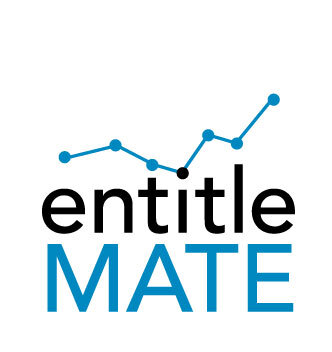Easy to work out, important to know.
You need to know how much your childcare provider charges per hour to understand how far your Child Care Subsidy (CCS) will go, and how much you have to pay.
This is easy to work out if you know how to do it (see more below).
Taking a close look at the hours of your provider and the hourly rate is important to your family budget for 2 reasons:
Government support per hour may be less than you think.
You may be paying for hours with no subsidy at all.
Working out the bottom line about how much you are getting charged, and how much support you are really getting is vital to managing your family budget.
How to find out your hourly cost of child care
Here is how you find out how much your provider is charging per hour:
Go to the Child Care Finder - this is a government website that has a bunch of Child Care availability and cost information.
Find your childcare provider, or one you are considering, then:
Look at the opening hours and note how many hours per day - e.g 7AM - 6PM is 11 hours.
Look at the full day cost - e.g $154 per day
Now divide that by the amount of hours in the day - this will give you an hourly rate - this is important - e.g $154 for an 11 hour day is $14 per hour.
Compare this rate to the “hourly rate cap” published by Services Australia - the current hourly rate cap is $12.31 per hour - find out what this means below.
If you are being charged HIGHER than than the “hourly rate cap”
The “hourly rate caps” are set on July 1 each year. The hourly rate cap for Centre Based Day Care is currently set at $12.31.
If your centre charges above this rate, the Child Care Subsidy percentage only applies to $12.31. So if you have a 50% Child Care Subsidy rate, your hourly subsidy is $6.15, no matter what your child care provider is charging you.
Here is an example of how it works:
An infant room at a child care centre open from 7AM to 6PM charges $154 per day.
This means that over the 11 hours the Centre is open, the hourly rate is $14
If your CCS% was set at 50%, the childcare subsidy per day for the 11 hours would be 50% * $12.31 per hour = $64.63
At a cost of $154 per day, the actual percentage subsidy is 42% (i.e $64.63/$154) - which is different from the expected 50% in this example.
According to Government data (as at the end of 2020) - around 12.5% of providers charged higher than the base rate - and most of these were in city areas where living cost are already high.
For these families, the Child Care Support % is not what it seems.
If you are being charged at the government rate or lower
If you have worked out your hourly rate is lower than the government “base rate”, then the percentage subsidy will apply.
Importantly, if the hourly rate is lower then the Child Care Subsidy percentage applies to the lower rate.
As an example, if your child care provider charges $10 per hour for care, then your Child Care Subsidy % applies to the $10 rate, not $12.31.
If your child care provider is open for more than 10 hours per day - look closely at the 5th day
The amount of hours you can claim subsidy for is based on an activity test. Note that at the maximum, you can claim 100 hours in a fortnight - or 50 hours in a week.
If your provider is open for more than 10 hours per day, then you will reach a cap if you need 5 days of childcare.
Here is an example of how this could happen.
An infant room at a child care centre open from 7AM to 6PM - this is an 11 hour day.
If your activity level mean’t you were eligible for 100 hours per fortnight (or 50 hours per week) of subsidised care, using 5 days of care will mean some of your hours on the 5th day are not subsidised.
Consider that 5 days at a 11 hours per day childcare provider is 55 hours. By Thursday you will have used 44 hours out of your 50.
The first 6 hours on friday are subsidised, but the remaining 5 will be at full cost.
Make sure you know what you are getting into
Your actual hourly cost of childcare, and the number of hours your childcare provider operates per day are just 2 factors that have an impact on your family budget. By using government resources to find out more about your childcare provider, you will be in a better position to make informed decisions about childcare.
